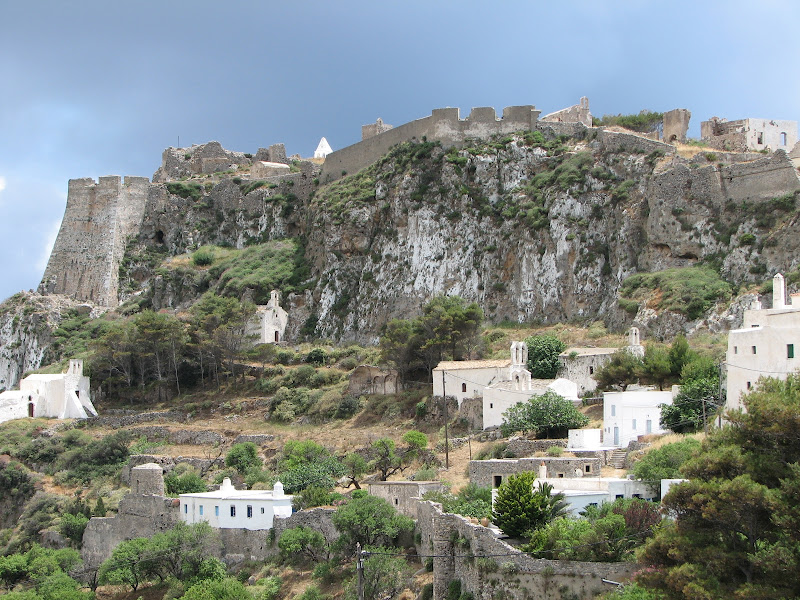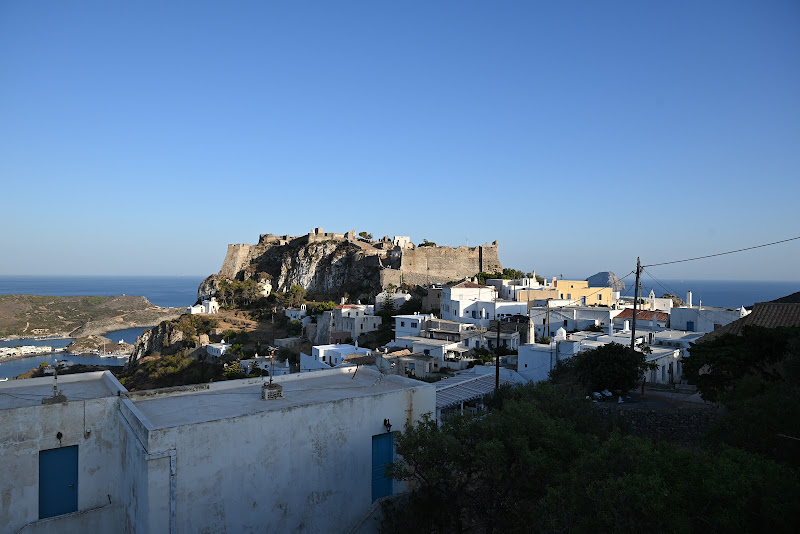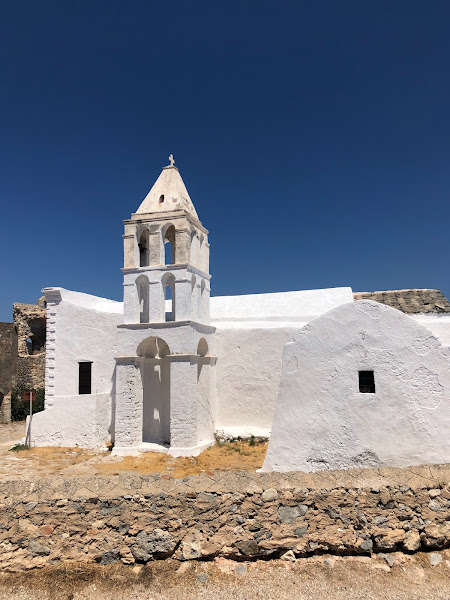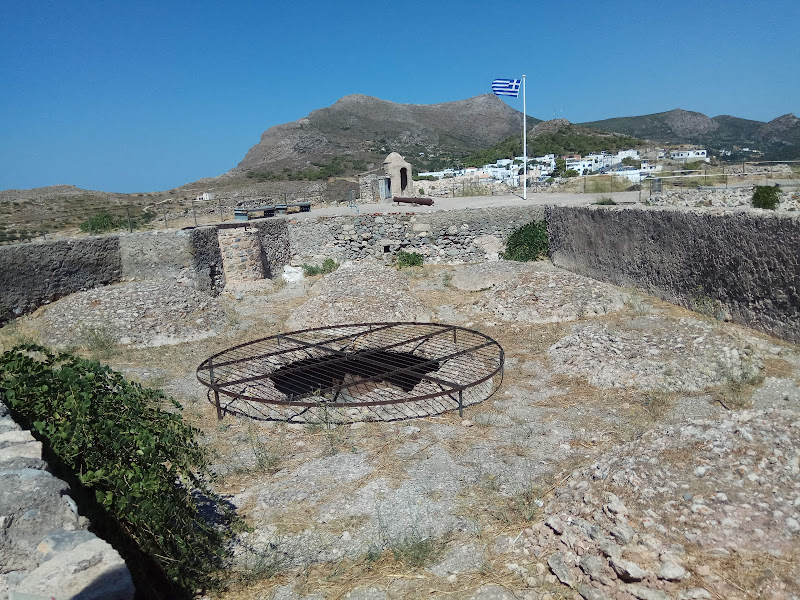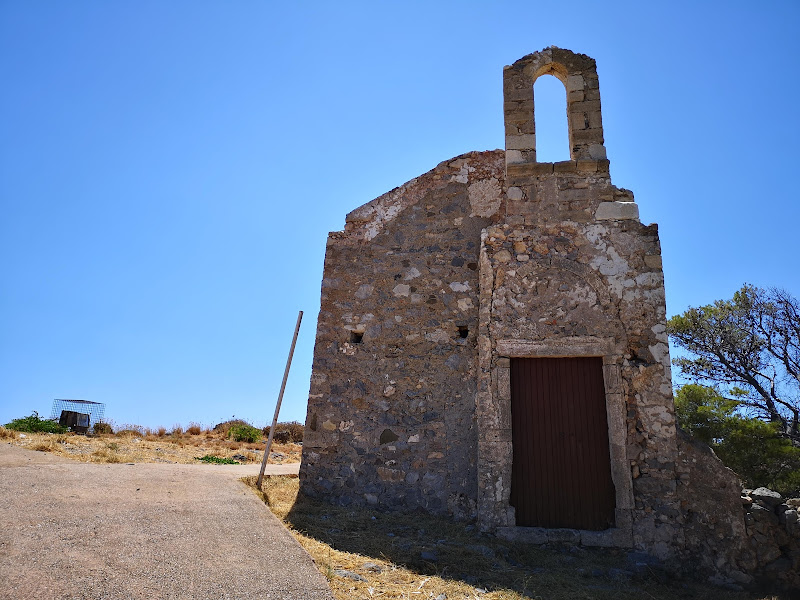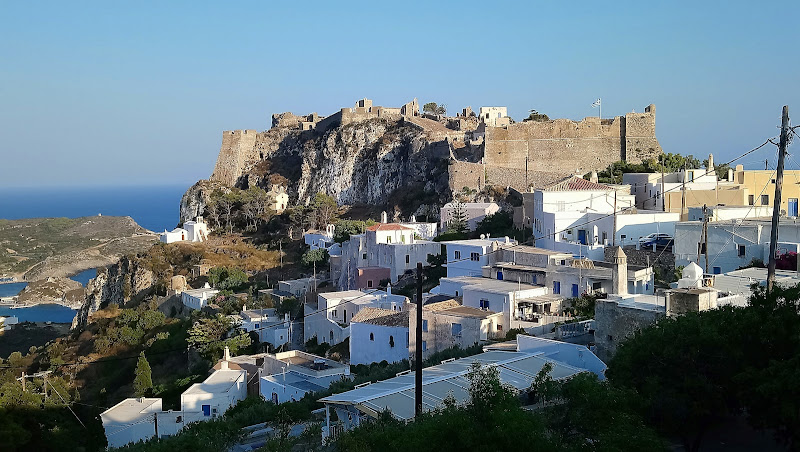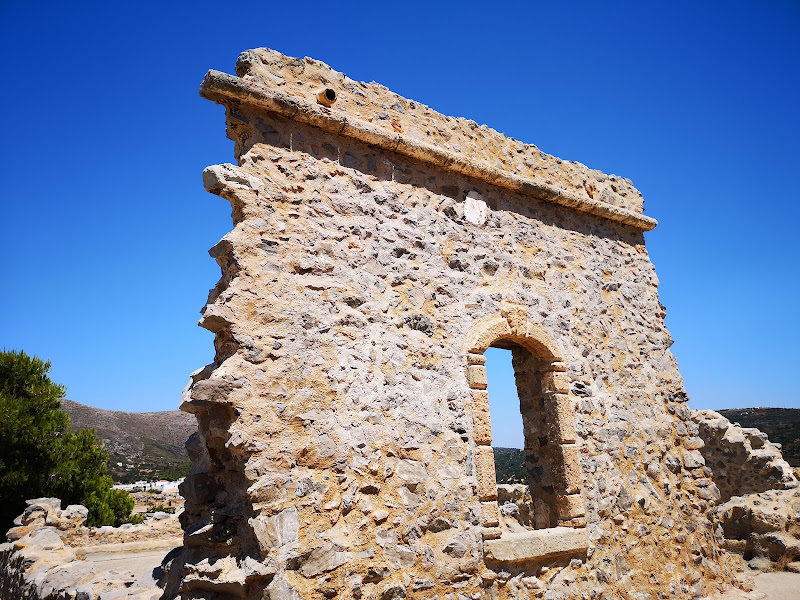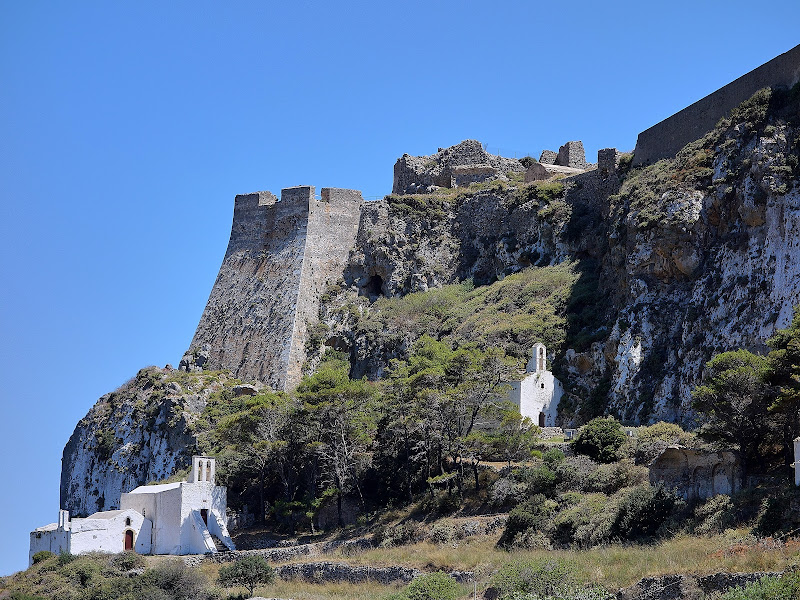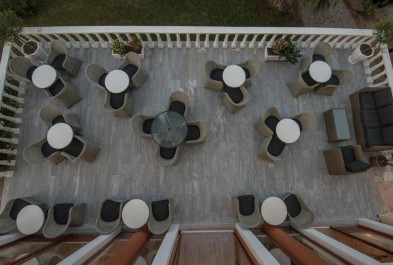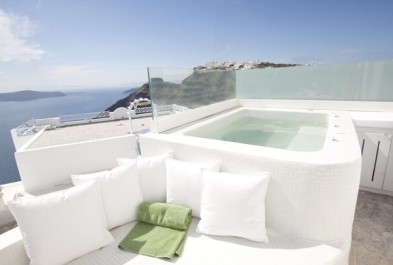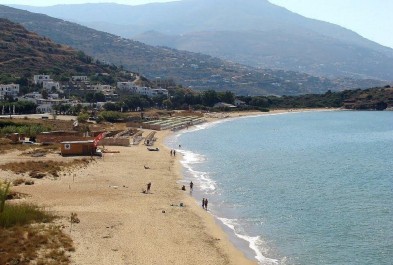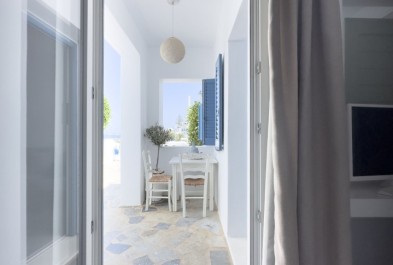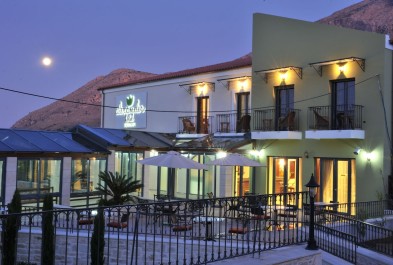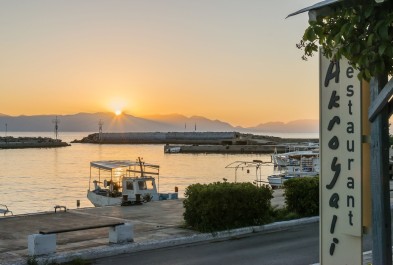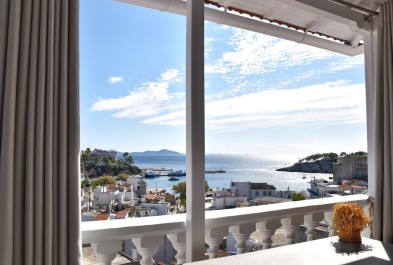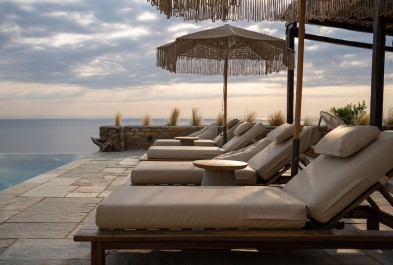Castle of Kythera Town #1278
- Purpose
- Excursion
- Type
- Castle
- Country
- Greece
- City
- Kythera
- Zip code
- 801 00
Share links
Description
The castle was initially constructed in the 13th century by the Venetians, who took control of Kythera following the Latin conquest of 1204, during the division of Greek territories among the Latin rulers. Marco Venier became the island's first Venetian lord in 1207. His successor, Bartolomeo Venier, strengthened the family's rule by marrying the daughter of Greek noble Eudaimonogiannis from Monemvasia in 1238. The Venier family held Kythera until 1279, when it was captured by the Lombard knight Licario, who was serving the Byzantine Empire.
In 1308, the Veniers regained control of the island. By 1310, Emperor Andronikos II had made peace with the Venetians, officially recognizing their authority over the South Aegean islands, including Kythera. The Veniers continued to rule, though from 1325 onwards, a Venetian-appointed military commander, titled Castellano, was also stationed on the island.
In the early 16th century, Kythera’s administration was upgraded, with a Provveditore (administrator) appointed, reporting to the Duke of Crete. After the Ottomans completed their conquest of Crete in 1669, Kythera was placed under the jurisdiction of Corfu. Despite the presence of Venetian Provveditori, much of the power on Kythera remained with the Venier family, who often served as Provveditori themselves. Their rule, however, was oppressive, sparking multiple local uprisings. In 1530, the Venetian Senate stripped the Veniers of their power, transferring control of Kythera directly to Venice.
Kythera remained under Venetian rule until the dissolution of the Republic of Venice in 1797, with a brief Ottoman occupation from 1715 to 1718. After that, it came under French control, followed by the Russians and Turks, then the French again, and finally the British in 1809.
The current form of the castle dates to the early 16th century, with major reconstruction by the Venetians in 1503. During this period, the castle’s main structure and facade were built, giving it much of the appearance it retains today.
Indoor amenities
Route to location
Image gallery
Your Review
Please login or register to write your review
Reviews
No reviews found, be the first!












